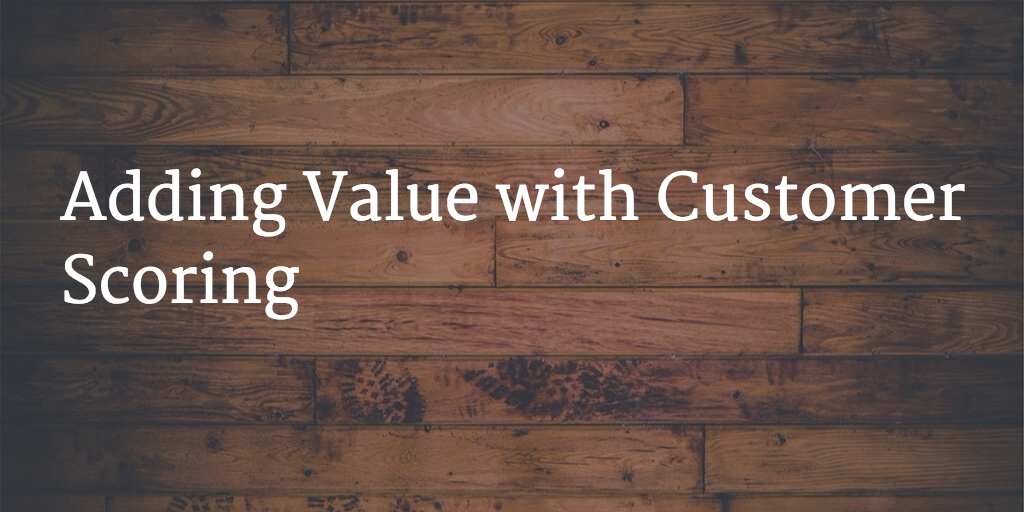Businesses that appreciate the value of repeat customers have always been interested in when, how and why their products are being used. In the SaaS world understanding how customers are doing, their adoption or health is not just a nice thing to know, it is a need to know. In a subscription business like ours, we will ultimately get that answer when the customer renews or doesn’t renew, but we can’t wait around to see how it turns out, nor do we want to.
We also can’t call every customer, every week to see how they are doing. We don’t have that many people who want to be bothered every week by a vendor who wants to check in. So how do we take the temperature of a customer in a consistent and dependable way without annoying them?
We did as Dan Steinman talked about in his post – we created a scorecard. Since Dan has already covered the concept, I thought it might be interesting to hear how we developed our scorecard at Brainshark.
We had done exactly as Dan described for several years. We used red, yellow and green to track who we thought was fine, who was in need of some support and who had lost their way. The data source for this was a combination of the account manager and customer success manager and anyone else who could chime in with valuable information. While the information was solid we found that as we grew, it became harder and harder to keep up.
I knew we could do better and devised a formula for what I would like to track as part of a more comprehensive picture of the state of the customer. This was a positive step forward but it meant that I was managing a somewhat complex spreadsheet and spending far too much time assembling data and managing formulas. I needed a way to automate as much of the data as possible as well as produce the scorecard and connect it all to Salesforce.com as our CRM system. That is how we ended up at Gainsight. They understood what I was trying to do and were willing to help me take my formula and bring it to life.
The formula includes several elements falling into 4 categories:
1. Application adoption – how frequently and thoroughly do they use our platform solutions;
2. Resource adoption – how frequently do they engage with us to utilize other resources we provide like webinars, advocacy programs, community involvement, training, support;
3. CEM Scoring – this is the human element where the CEM scores the health of the customer based on their own experience and information gathered from other team members;
4. Lifecycle score – this is based on an anticipated usage behavior track and measures the customer behavior against stage milestones.
The first two categories are completed automated in terms of data capture and scoring; the second two are updated quarterly by my team. When combined, we have a customer adoption score. The score itself is of value because we use it to assess the health of the account as well as the likelihood of renewal.
It becomes even more valuable when you can see it as a monthly data point that trends over time. The trending is critical in terms of understanding a customer’s business situation, behavior and needs. There are cycles, ebbs and flows in a customer’s usage of our platform and understanding these characteristics helps us serve our customers better. What we have now is a data driven process that gives us a 360 degree view of a customer.
At the micro level, my team can monitor their customers without harassing them. They can identify trends and variances on the trends to make choices about the actions they will take to best meet the needs of the customer. In our quarterly business reviews we share with the customer the data that we have and identify areas where they can realize increased value. This is a meaningful conversation and keeps the attention focused where it should be – on the success of the customer.
At the macro level, I can report on the health of the entire customer base. I can analyze the data further to identify trends across customer segments to understand if there is gap in our service delivery or solution that needs to be filled. I can communicate the health of customer base to the executive suite and give them a higher level of confidence in forecasting.
For us, scoring our customers is a need to have. It helps us internally understand our customers and predict behavior. But more importantly it helps my team understand the customer better, anticipate the customer’s needs better and ultimately serve them better. In the end, the customer is better served, is more successful, is happier and realizes the value in our partnership.
